As part of the 3A studio, Madeleine designed the Health Sciences Centre to explore ideas of life and death.
Monday and Thursday are studio days. On these days in particular, the third floor undergraduate studio is filled with a frenetic energy of design, research, and exploration. Students can usually be found talking excitedly with design professors and classmates in a habitat saturated with trace sketches, study models, and empty coffee cups. Every week we’ll share a completed project, churned out from this energetic studio environment.
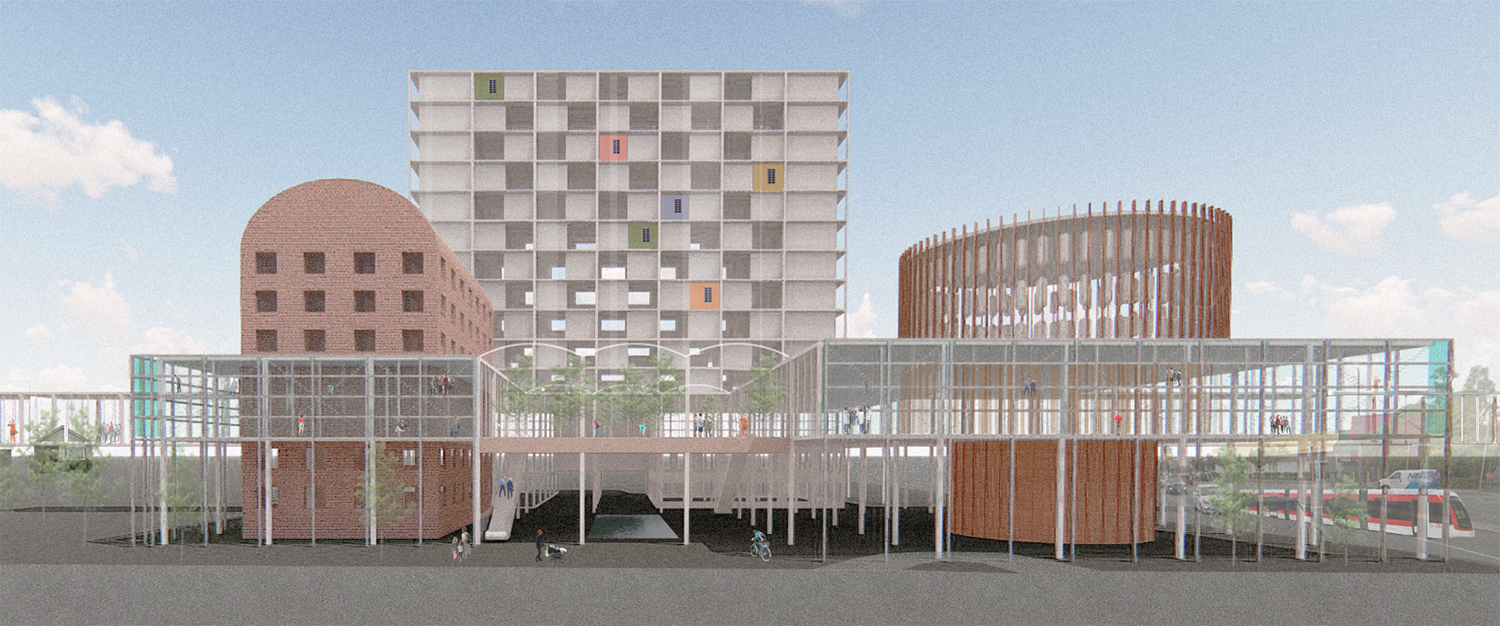
Madeleine Reinhart’s “Ground Control”
3A Studio: Emergetic Urbanism: Towards a Non-Isolated Architecture | Adrian Blackwell
Site: Jane and Finch, North York, Toronto
FAR: 4.5
Residential Units: 176 (with option of renting half of each)
In-Patient Units: 62
The Health Sciences Centre at Jane and Finch in North York, Toronto, serves as an informal city which grows and changes overtime, offering the community an opportunity to participate in its growth and have their ever-changing social needs accommodated spatially. With a focus on open systems, both socially and environmentally, the Health Sciences Centre is able to expose parts of everyday life (and death) to allow the public a chance to acknowledge life patterns and increase the social emergy within this architectural matrix.
![03-04-2018_NS_Section_1-250 [Converted]](http://waterlooarchitecture.com/bridge/wp-content/uploads/2018/08/Reinhart_NS-Section.jpg)
By providing a direct connection to systems and processes that are typically hidden and left undiscussed, as well as access to a wide range of technology, the architecture acts as a means to create ecological change which will move its users towards an exploration of how to improve and rethink our environment together.
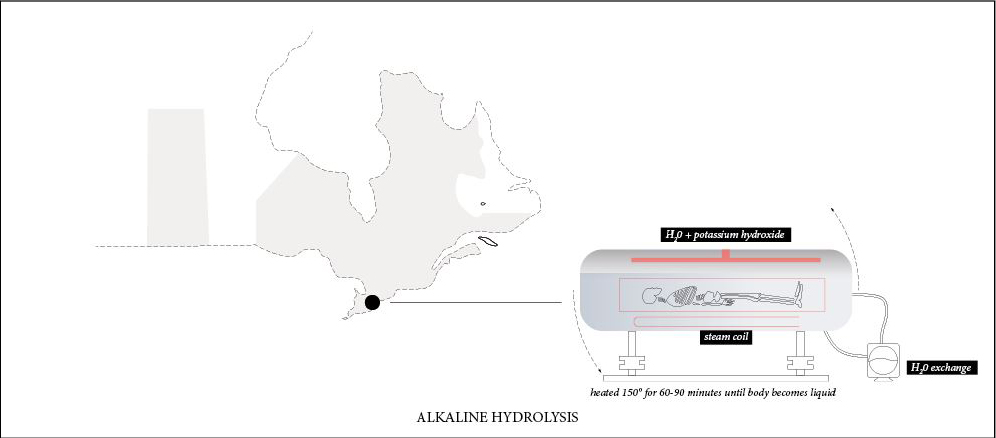
The Health Science Center utilizes the processes of alkaline hydrolysis and anaerobic decomposition while also embracing technologies such as 3D printing organs and tissues and fabricating limbs. Patients of the health services therefore have the opportunity to choose whether or not to become a cyborg: they can accept becoming part machine, or accept returning themselves to the earth through a casket-free burial where their remains would create nutrients for the vegetation in the elevated garden. Through the process of Alkaline Hydrolysis patients can choose a liquid burial and return their remains to the water system DNA-free, whereby the water can be utilized throughout the building.
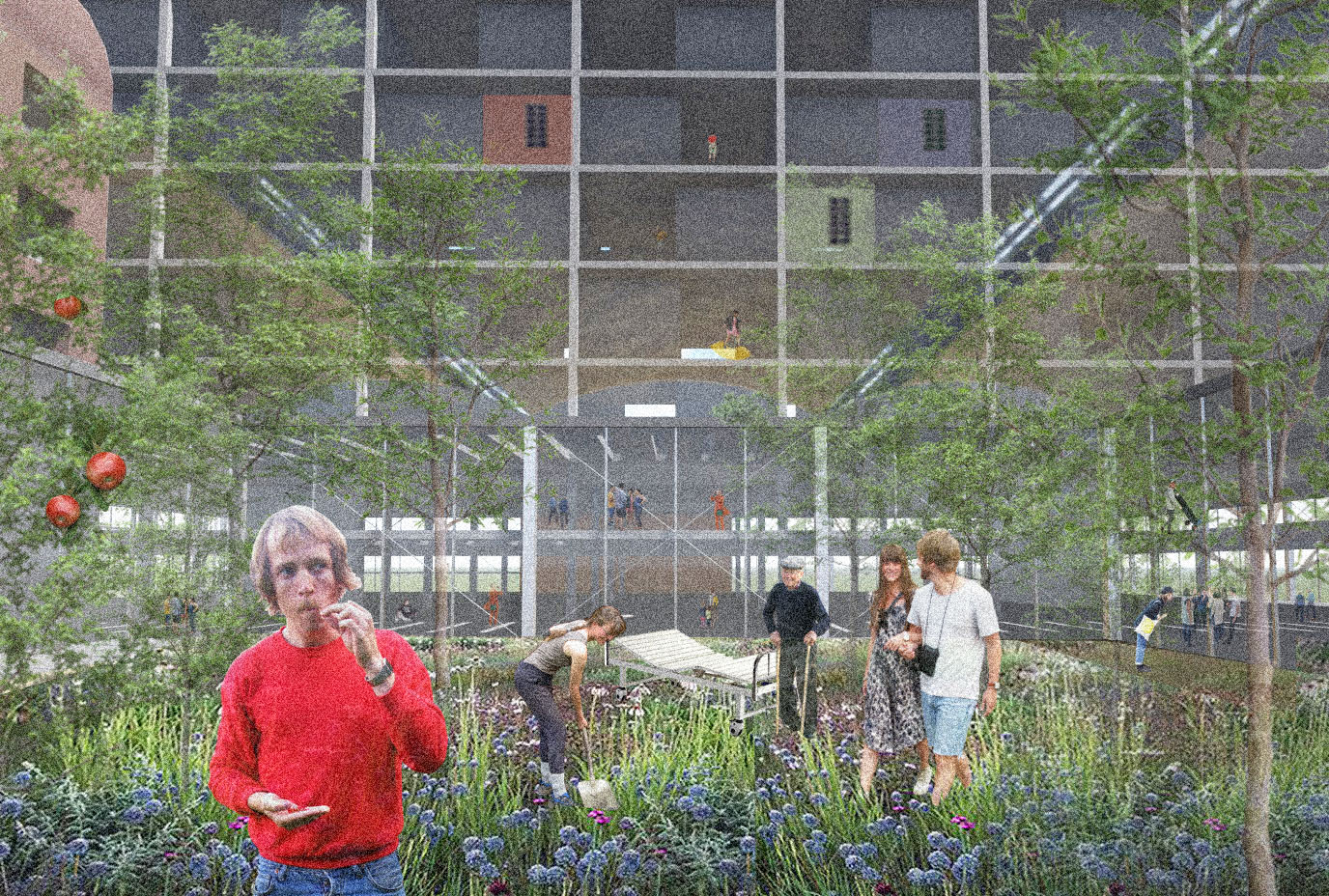
Symbiosis and paradoxes of life and death are constant themes throughout the project when considering social and physical emergy systems which encompass everything from the various building materials chosen to the types of social interactions which can manifest themselves within the project.
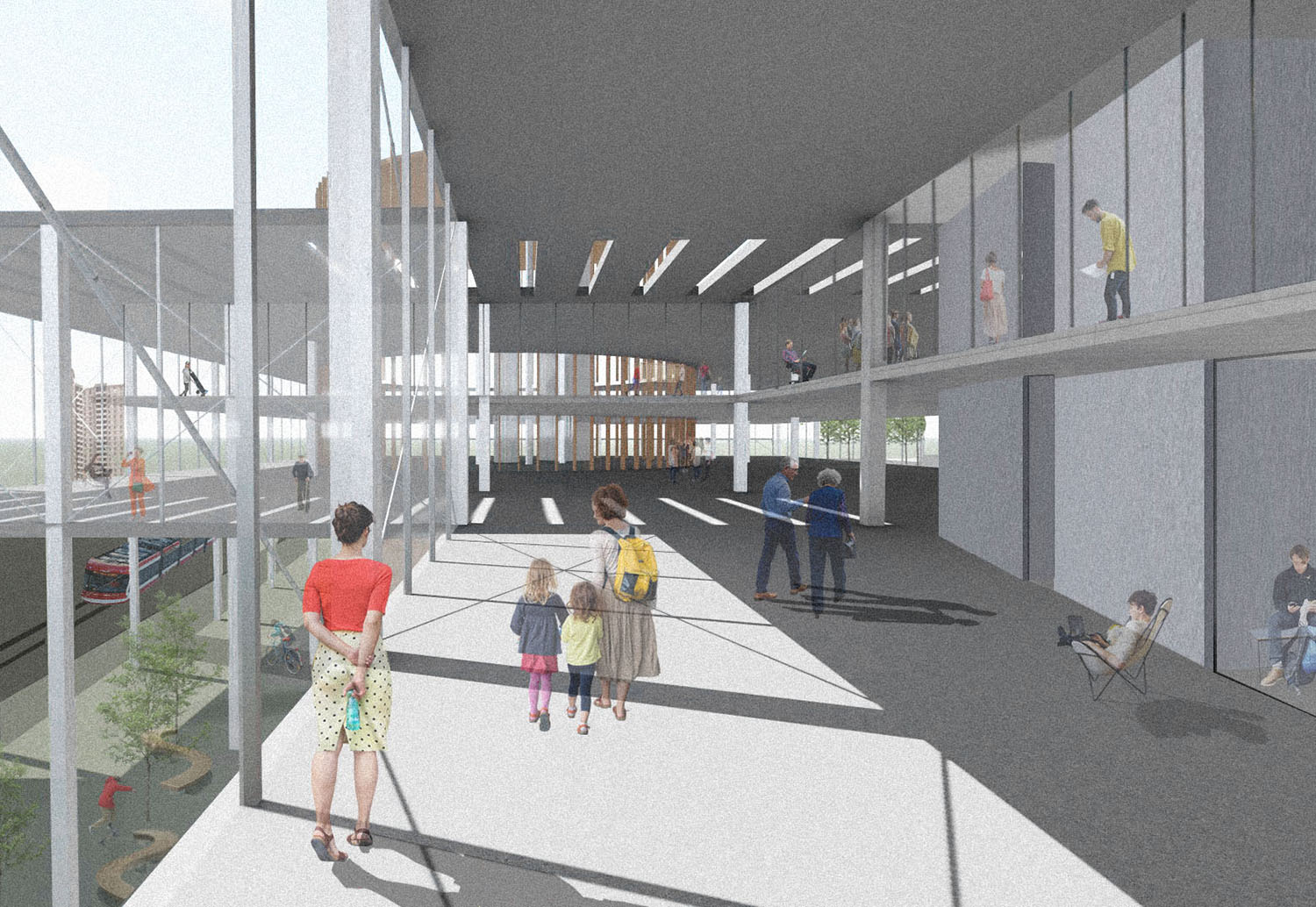
Interested in having your work featured on our STUDENT WORK series? Check out our BRIDGE Contact page for submission details.


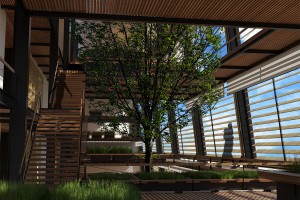

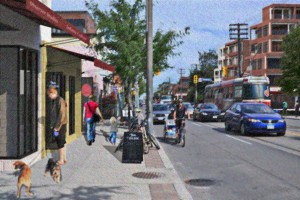
Leave a Reply